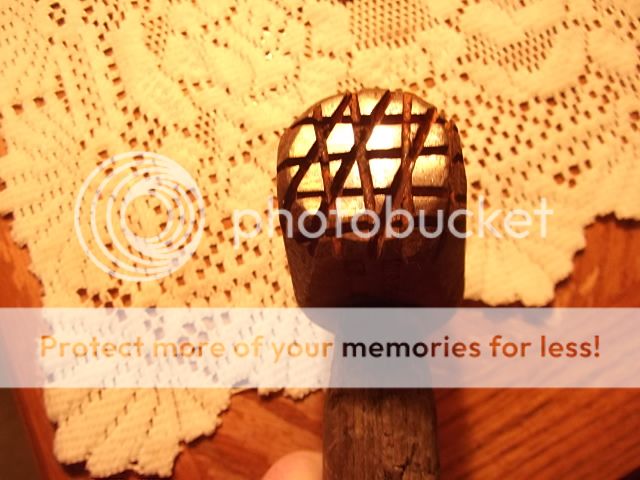Hi guys,
Ive been making knives for just under a year. Most of my pieces are a combination of stock removal and hand forging. Most of my learning has came in the way of online forums and youtube. One thing I have been wanting to experiment with is putting a hammered finish on my blades but I really haven't found much info online about the process. Do any of you have much experience with this? And how do you go about it? Heat it, use a ballpein hammer, and then grind your bevel? Thanks.
Ive been making knives for just under a year. Most of my pieces are a combination of stock removal and hand forging. Most of my learning has came in the way of online forums and youtube. One thing I have been wanting to experiment with is putting a hammered finish on my blades but I really haven't found much info online about the process. Do any of you have much experience with this? And how do you go about it? Heat it, use a ballpein hammer, and then grind your bevel? Thanks.






